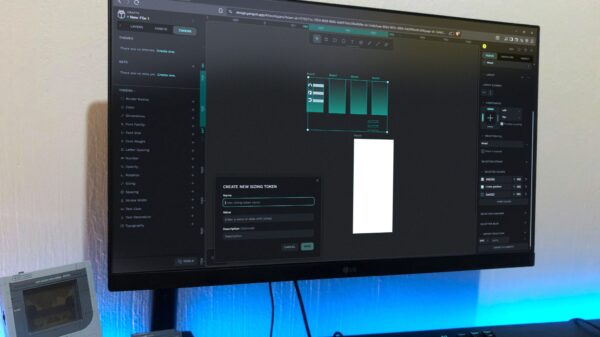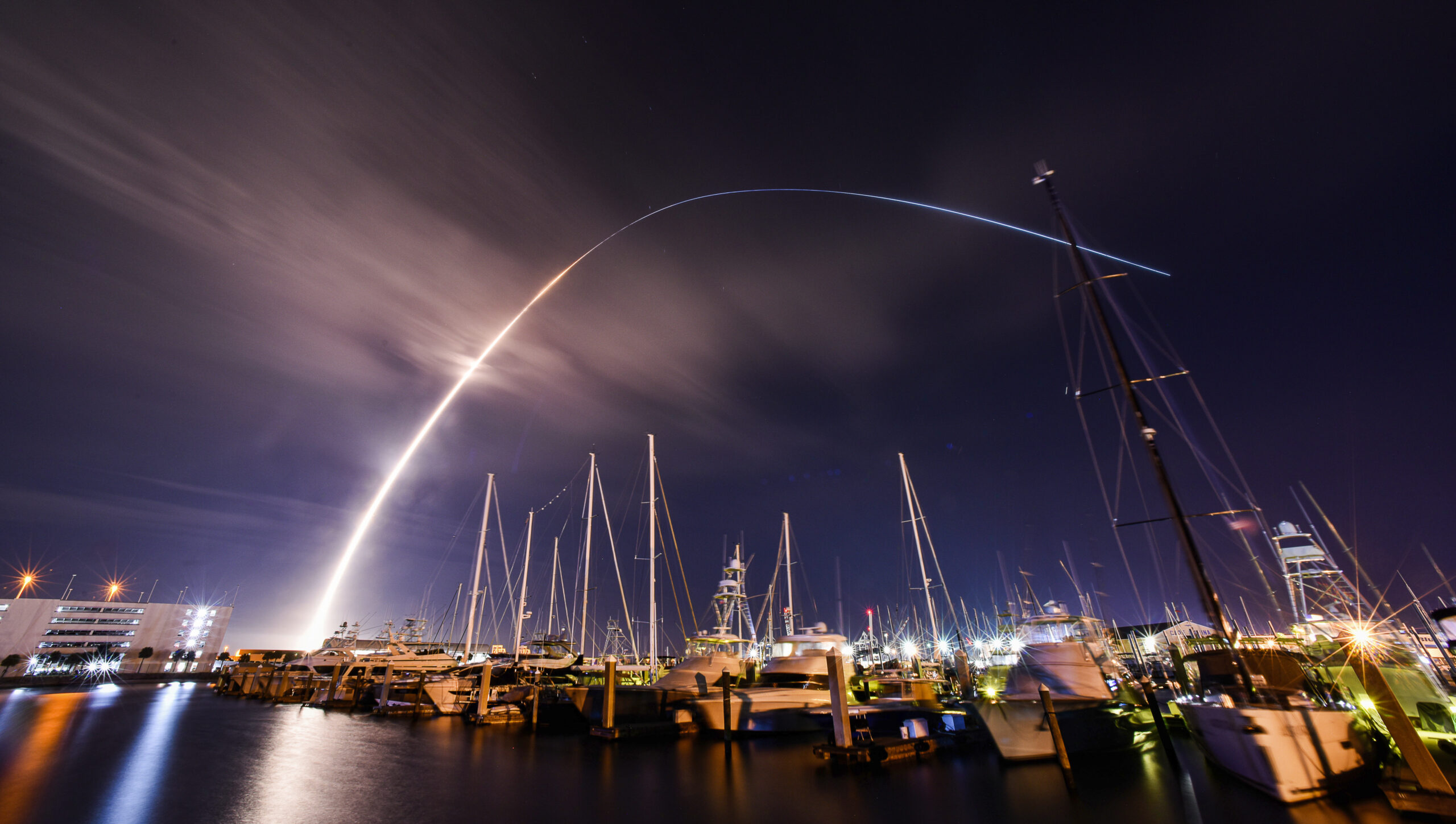The United Launch Alliance’s (ULA) new Vulcan rocket is poised to undertake its inaugural military mission on August 12, 2023. If approved by the range, this significant launch will depart from Cape Canaveral Space Force Station in Florida, delivering critical Space Force satellites to geosynchronous orbit, approximately 22,000 miles above Earth.
This mission represents a pivotal moment for ULA, which has been the Defense Department’s primary launch provider for many years. Development of the Vulcan rocket commenced in 2014 as a successor to the Atlas V, ULA’s long-serving launch vehicle. After successfully completing two demonstration flights last year, the Vulcan received military certification from the Space Force in March 2023. Currently, ULA and SpaceX are the only two companies authorized to conduct National Security Space Launch (NSSL) missions.
Significant Military Contracts and the Road Ahead
Historically, ULA was the sole provider of military launches until SpaceX’s Falcon 9 received certification. In 2020, SpaceX secured a 40% share of military missions scheduled from fiscal years 2022 to 2027, while ULA retained 60%. Recently, the Space Force allocated a total of $13.5 billion in contracts to ULA, SpaceX, and newcomer Blue Origin for missions planned between fiscal years 2027 and 2032. Under this agreement, SpaceX will receive $5.9 billion for 28 missions, ULA will get $5.3 billion for 19, and Blue Origin will be awarded $2.3 billion for seven missions.
The upcoming mission, designated USSF-106, was initially slated for launch in 2022. Delays have pushed its execution to 2023, with the satellites grounded for two years as the Vulcan rocket faced various setbacks. One of the key components of this mission is the Navigation Technology Satellite-3 (NTS-3), an experimental spacecraft developed by L3Harris. NTS-3 aims to enhance the Space Force’s GPS constellation and support future navigation programs.
Innovative Technologies and Future Implications
NTS-3 will showcase several advanced capabilities, including steerable beams for regional coverage, a reprogrammable payload that can receive upgrades while in orbit, and enhanced protections against signal jamming. Once positioned in orbit, the Air Force Research Laboratory (AFRL) will test these technologies over a year, evaluating how new satellite configurations can bolster the Space Force’s positioning, navigation, and timing (PNT) capabilities.
This mission marks the AFRL’s first substantial PNT demonstration in nearly 50 years, with the last NTS satellite launched in 1977. The insights gained from NTS-3 could lead to the integration of new technologies onto the Space Force’s GPS IIIF satellites, manufactured by Lockheed Martin, which are approaching initial production stages. Additionally, relevant findings may inform other PNT programs, such as the Resilient GPS initiative, aimed at enhancing the larger constellation with a fleet of smaller, cost-effective satellites.
As ULA prepares for this critical launch, the success of the Vulcan rocket could reshape the landscape of military space operations and reinforce the United States’ capabilities in space.








































































